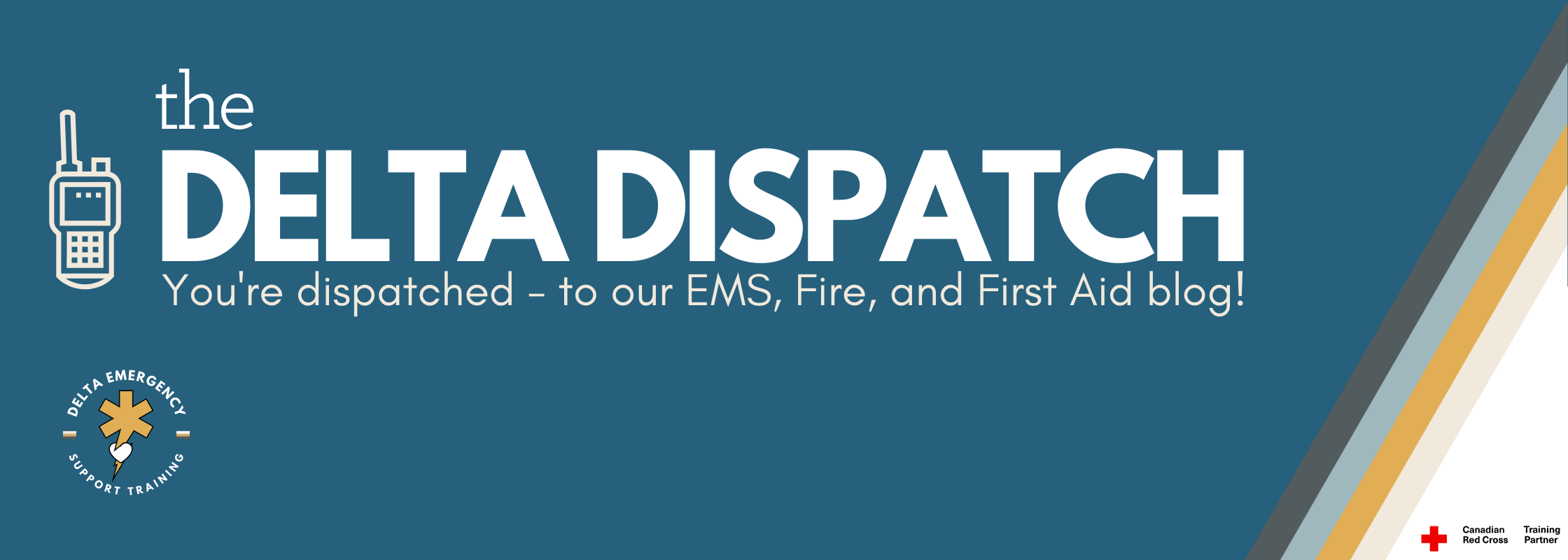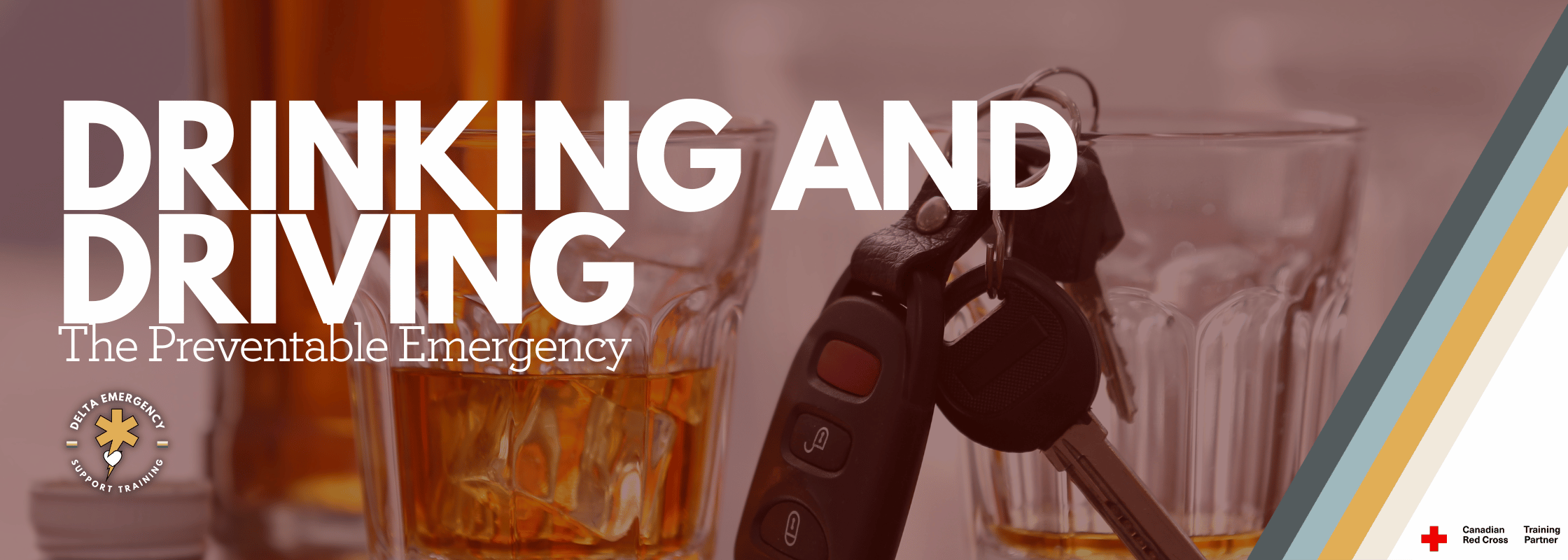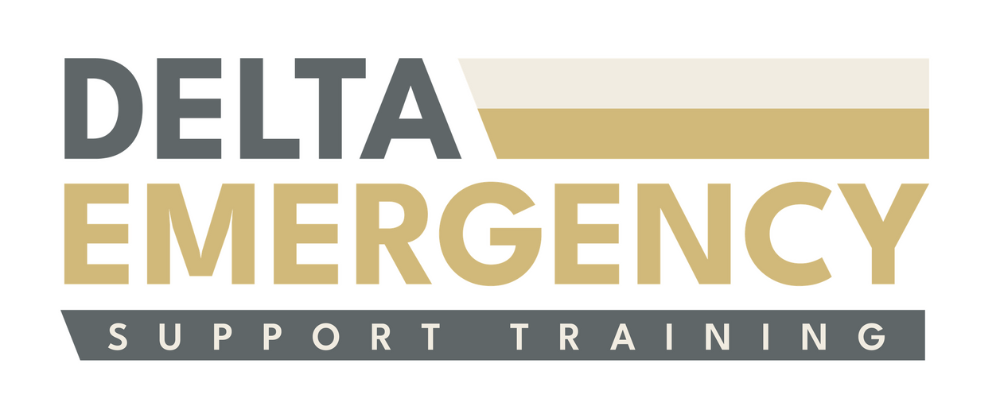The Dangers of Drinking and Driving: Why Every Decision Counts
/Drinking and driving remains one of the most preventable causes of death and injury on the roads. Despite decades of awareness campaigns and legal consequences, impaired driving continues to claim lives and devastate families across the world, including here in Canada. As emergency responders, we see firsthand the destructive effects of impaired driving. But it's important to not only focus on the aftermath but also the steps we can take to prevent these incidents from happening in the first place.
The Facts: Drinking and Driving in Canada
According to the Traffic Injury Research Foundation (TIRF), alcohol is a factor in approximately 30% of all road deaths in Canada. In 2021 alone, there were over 1,000 fatalities attributed to alcohol-impaired driving. The numbers are just as alarming when it comes to injuries: more than 60,000 Canadians are injured in crashes where alcohol is involved each year.
Impaired driving isn’t just about alcohol, though. Drugs, whether prescription, recreational, or illegal—can also impair judgment, reaction time, and motor skills, making it just as dangerous behind the wheel. With the legalization of cannabis in Canada, more drivers are using cannabis in combination with alcohol, which can have compounding effects on impairment.
Why Alcohol Affects Driving Ability
Alcohol affects the central nervous system (CNS), impairing the brain’s ability to process information, make decisions, and react quickly. Even small amounts of alcohol can reduce reaction time and distort judgment, making drivers:
Less able to judge distances and speed: Alcohol reduces your ability to judge the distance between vehicles, the time it will take to stop, and the speed at which you’re traveling.
Slower to react: Even moderate levels of alcohol (just one or two drinks) delay reflexes, which could make the difference between avoiding an accident and crashing.
Impaired vision: Alcohol reduces depth perception, making it harder to gauge objects at a distance, which affects turning, merging, and parking.
Decreased coordination: Alcohol slows muscle function, which can make it more difficult to steer, apply the brakes, or even press the gas pedal.
The Legal Consequences of Drinking and Driving
In Canada, the legal limit for blood alcohol concentration (BAC) is 0.08%, but impairment can begin well before that level is reached. Even at 0.05% BAC, drivers experience decreased ability to control their vehicle, and their reaction time is slowed. The legal penalties for drinking and driving in Canada include fines, license suspension, mandatory education programs, and even jail time for repeat offenders.
But the legal consequences are just one part of the equation. The emotional, financial, and social impacts on the driver, their family, and other victims are often far-reaching and irreversible.
Impact on Emergency Responders
As first responders, we are on the front lines of dealing with the aftermath of drinking and driving accidents. These incidents are often preventable, but we respond to them day in and day out. Some of the impacts we experience from these crashes include:
Physical injuries: Drinking and driving accidents often result in serious, life-threatening injuries. Victims may suffer spinal cord injuries, head trauma, broken bones, or internal bleeding.
Psychological toll: Responding to the aftermath of a fatal crash, especially one caused by drinking and driving, can take an emotional toll on responders. The stress, grief, and trauma of being involved in these events can affect mental health and well-being.
Workplace impact: High-volume crash responses, especially those related to impaired driving, can lead to burnout, fatigue, and long-term psychological consequences for responders who deal with these traumatic situations regularly.
As we know, the consequences are far-reaching, and addressing this public health issue takes a community-based approach.
How to Prevent Drinking and Driving
Prevention is the key to reducing the frequency of impaired driving incidents. Here are a few strategies to help combat this dangerous behavior:
Promote designating a driver: Encourage those who plan to drink to arrange a designated driver before heading out. This can be a friend, family member, or rideshare service like Uber or Lyft.
Offer alternative transportation options: Ensure there are safe, reliable public transportation options or taxis available for those who need to get home after drinking.
Educate the public: Raising awareness about the dangers of drinking and driving through campaigns and community events can help reduce incidents. Targeted education for young drivers is especially critical, as teenagers and young adults are the most likely to engage in risky driving behaviors.
Use sobriety checkpoints: Law enforcement agencies should continue to utilize sobriety checkpoints and increased patrols during high-risk periods like weekends and holidays when drinking and driving incidents tend to spike.
Implementing stricter penalties: Research shows that stronger legal consequences—such as increased fines and longer suspensions—can deter individuals from drinking and driving.
Encourage self-regulation: As a community, we can encourage personal responsibility. Whether it’s in social settings or in conversations with friends and family, it’s important to remind each other that getting behind the wheel after drinking puts everyone at risk.
Key Takeaways
Drinking and driving continues to be one of the leading causes of road-related injuries and fatalities in Canada.
Even small amounts of alcohol can impair judgment, reaction time, and motor skills, making it dangerous to drive.
As emergency responders, we witness the devastating impact of drinking and driving on a daily basis.
Prevention is key, and as a community, we must take proactive steps to reduce these preventable accidents.
Whether it’s through education, designated drivers, or stricter penalties, we can work together to prevent impaired driving and save lives.
Final Thoughts
As responders, we know that emergency situations are rarely clear-cut, and impaired driving incidents only further complicate the scenario. Whether we’re treating victims, supporting grieving families, or experiencing the emotional toll ourselves, we need to advocate for prevention at every opportunity. It's vital that we continue to speak out about the dangers of drinking and driving — not just as emergency workers but as active participants in a community that values the safety and well-being of all its members.




